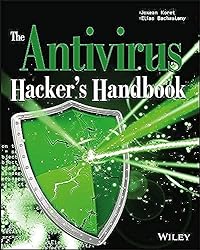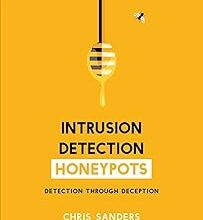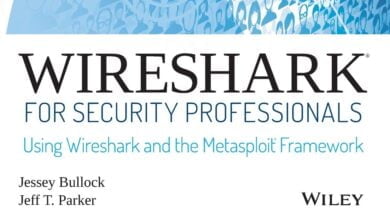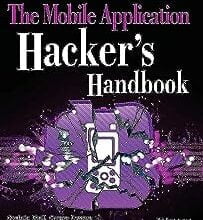
Rating: 4.5/5
Penetrating the Surface
The first point that shines through is the book’s meticulous dissection of antivirus (AV) software. But it doesn’t stop at merely explaining what antivirus software does or how it works. No, it goes beyond—into the realm of exploitation. As Koret and Bachaalany astutely observe, “To know thy enemy, you must become thy enemy.” The authors walk you through the layers of AV operations, revealing how these tools that are supposed to protect us can themselves be vulnerable.
Real-world Application and Coding
Another remarkable feature is the book’s no-holds-barred focus on practicality. It comes replete with a plethora of code snippets, live examples, and instructive case studies designed to offer hands-on experience. The authors drive home the point that theoretical knowledge has its limits. “Hands-on coding trumps theoretical musing any day,” they say. True to their word, they guide you through various exercises that allow you to apply the concepts in real-world scenarios.
The ‘How to Test’ Cookbook
The third highlight of this handbook is its comprehensive ‘how to test’ sections. Imagine a cookbook dedicated to hacking antivirus software, and you get a sense of what they offer. These guidelines provide a step-by-step walkthrough for testing and understanding AV vulnerabilities. Koret and Bachaalany encapsulate this by stating, “Every good recipe starts with a single ingredient.”
Example 1: Signature-Based Detection Exploits
One of the intriguing topics covered in the book is exploiting signature-based detection in AV programs. The authors detail how attackers can manipulate malware signatures to bypass AV scanners, providing a real-world case study to test your newfound knowledge. The authors bring to light the importance of signature updating and maintenance in AV systems while also offering a cautionary tale for ethical hackers.
Example 2: Heuristic Analysis Bypass
Another standout is the in-depth explanation and examples provided on bypassing heuristic analysis methods commonly employed by antivirus programs. This section is a masterclass in outsmarting behavioral algorithms, offering both an understanding and a practical approach to testing these components of an AV program.
Where to insert: Both examples would work well in the “Real-world Application and Coding” section to elaborate on the practical focus of the book. These examples would offer readers a glimpse of what awaits them in this enlightening handbook.
Criticisms
However, every masterpiece has its flaws. One of the most noticeable criticisms is its level of technicality, which could intimidate newcomers. The authors’ in-depth technical knowledge is a double-edged sword. As readers have often said, “Starting out felt like trying to read the Matrix.”
Secondly, the book narrows its focus mainly to antivirus software. While this offers depth, it can also feel restrictive to those who are looking for a broader understanding of the cybersecurity landscape. “Wish it had covered more terrain” is a sentiment echoed by a portion of the readership.
Skill Level Catering
What makes this book a dependable guide is its tiered approach to different skill levels in the realm of cybersecurity. From absolute novices to grizzled veterans, everyone can gain something valuable from this book. The authors construct a smooth learning curve, ensuring that each chapter builds on the last while providing avenues for practical application.
Final Verdict
In conclusion, The Antivirus Hacker’s Handbook is a masterclass for those who are dead serious about diving into the vulnerabilities and exploitations related to antivirus software. Koret and Bachaalany make it abundantly clear that “In this ever-changing landscape of cybersecurity, knowledge is your greatest weapon.”
So, there it is, my fellow Binary Bandits and Code Crusaders. Whether you’re in it for the bug bounties or the pure intellectual challenge, remember—cybersecurity is not a sprint but a marathon. Koret and Bachaalany remind us, “It’s not the quick wins but the long game that matters.” Ready your keyboards, flex those coding muscles, and let’s conquer the cybersecurity universe, one hack at a time!




